Visiting Haramo Wine
~Part II Winemaking as Told by Mr. Yamazaki~

3181 Katsunuma, Katsunuma-chou, Koushu-shi, Yamanashi
http://haramo.com/
-
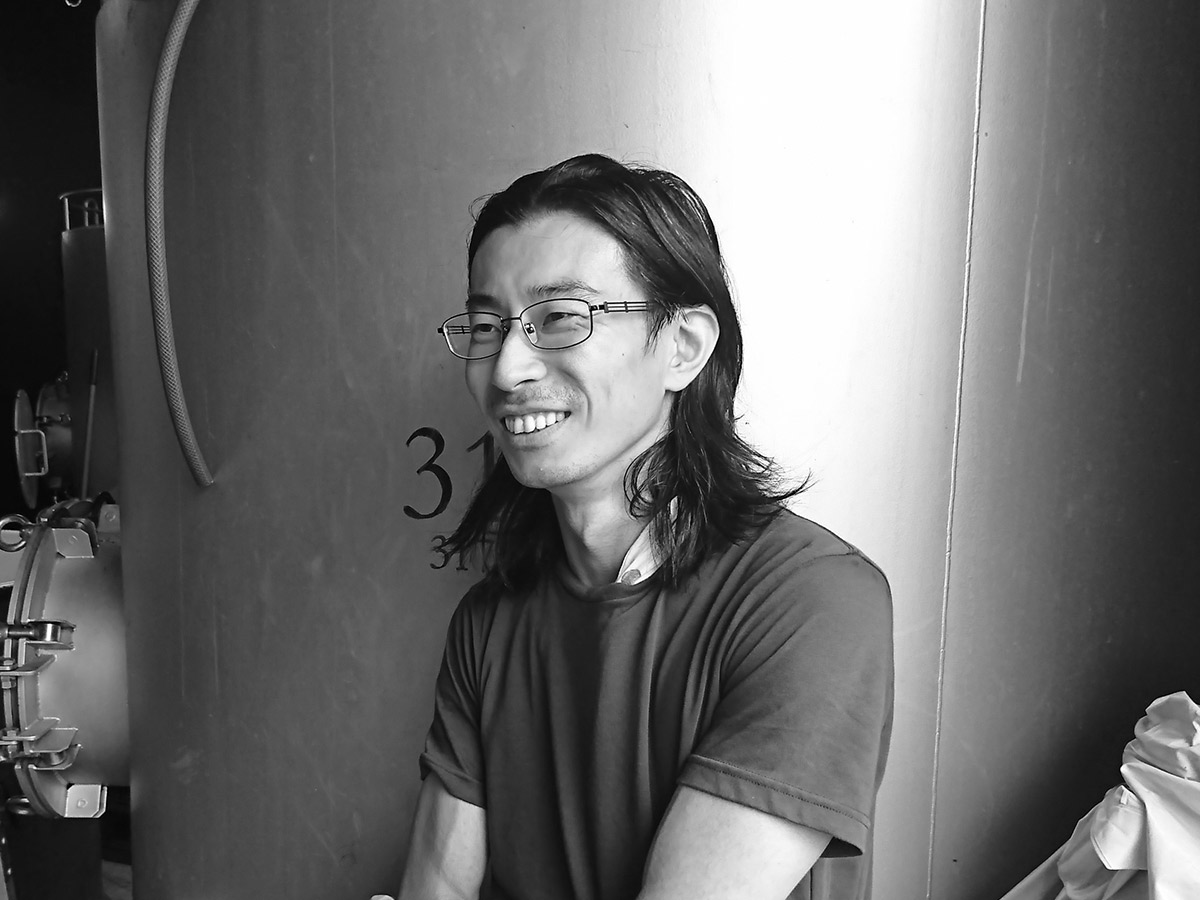
-
About
Mr. Hirochika YamazakiSenior Managing Director of Haramo Wine Co. Inc.
Mr. Yamazaki was exposed to grape growing and winemaking as a child while vacationing at his mother’s family winery, Haramo Wine. He had a strong preference for chemistry and biology growing up and wanted to be involved in manufacturing. He spent a year researching grapes and wine at University of Yamanashi’s Wine Science Research Center while pursuing a major in biotechnology. After graduation, he started working at Haramo Wine in 2009 before training for three months at a winery in New Zealand. Inspired by the high level of knowledge in viticulture and oenology among the local winemakers, he decided to pursue a Graduate Diploma in Viticulture & Oenology at Lincoln University, New Zealand. Since graduating, he has been in charge of Haramo Wine’s vinification since their 2014 vintage.
-
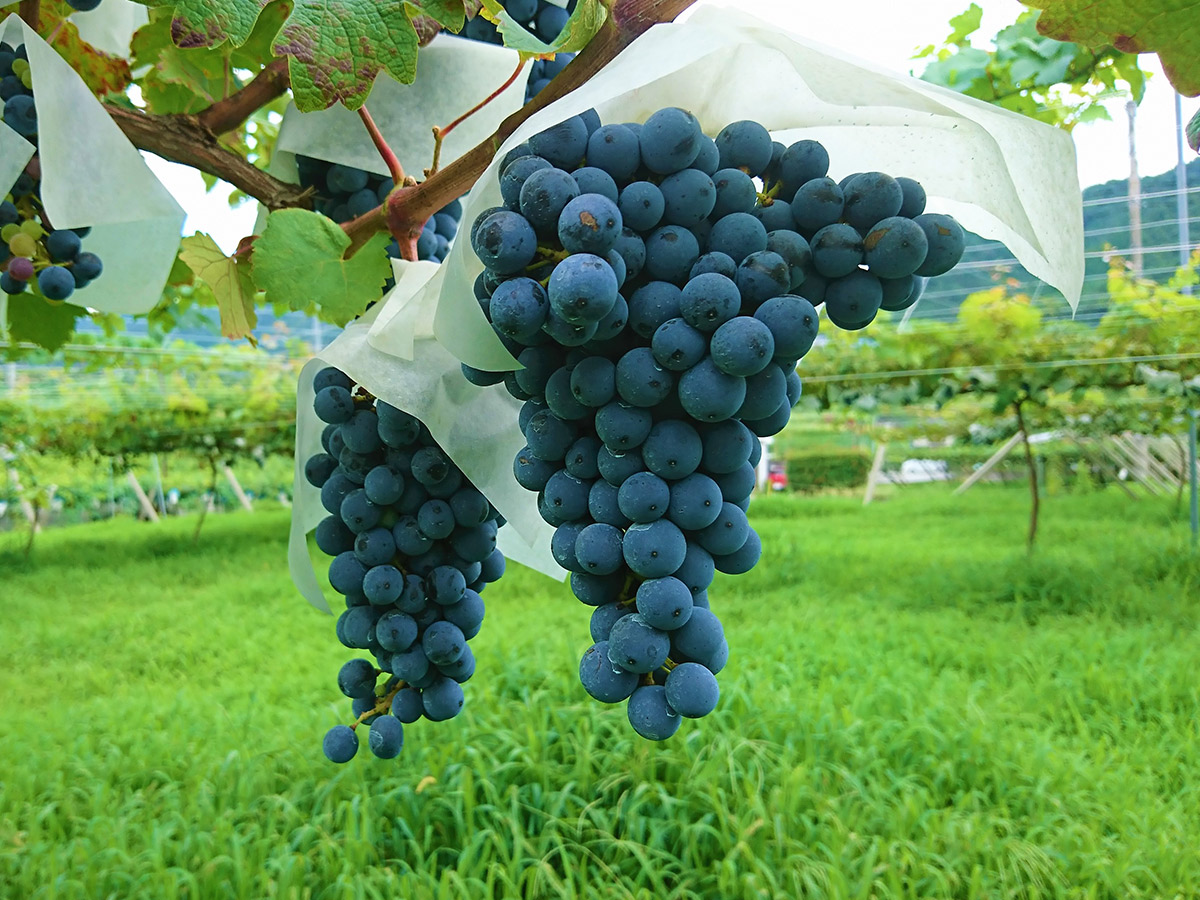
Armo Noir during Harvest Season -
Haramo Wine’s
New ApproachArmo Noir
Armo Noir is a red wine variety created by crossbreeding Cabernet Sauvignon with Zweigeltrebe at the Yamanashi Prefectural Fruit Tree Experiment Station in 1988.
This variety is not yet well known, but Mr. Yamazaki has high hopes for it as it is resistant to pests and diseases. Mr. Yamazaki is applying Pinot Noir winemaking techniques he learned in New Zealand to create Armo Noir wines, such as using only 20% whole bunch fermentation to create complexity and waiting until mid-October to harvest. Initially, Armo Noir wine has a bluish tinge, but the blueness fades while aging in the barrels and bottles.
" 'Armo Noir' is written in French as 'Harmo Noir,' which is similar to 'Haramo,' so I hope it will become one of Haramo Wine's flagship wines," said Mr. Shintaro Furuya, third-generation president of Haramo Wine.
-
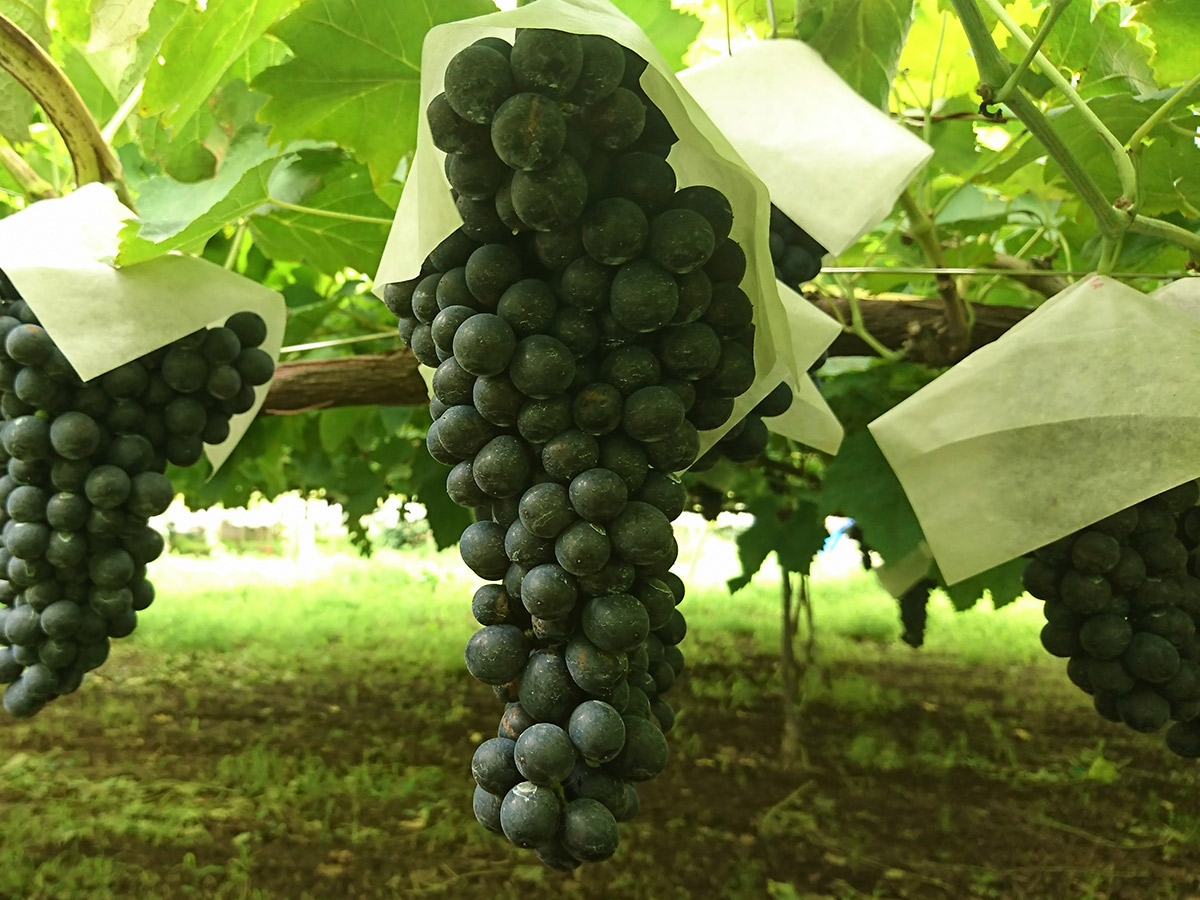
Syrah during Harvest Season -
Katsunuma's Syrah
As for new initiatives, Mr. Yamazaki has another grape variety that he is looking forward to: Syrah. Mr. Yamazaki planted Syrah in one of his vineyards after returning from New Zealand. The most famous Syrah regions are in Northern Rhone (France) and South Australia, with each region having a completely different character of wine.
"Syrah is a variety that changes its expression depending on its location. In recent years, Syrah wines that express the terroir of Japan have appeared in many places. What will Katsunuma's Syrah taste like? The soil in the vineyard is clay with high water and nutrient content, and Syrah is a very vigorous and labor-intensive variety to grow. However, I would be happy if one day 'Katsunuma Syrah' will be synonymous with Haramo Wine," Mr. Yamazaki said.
-
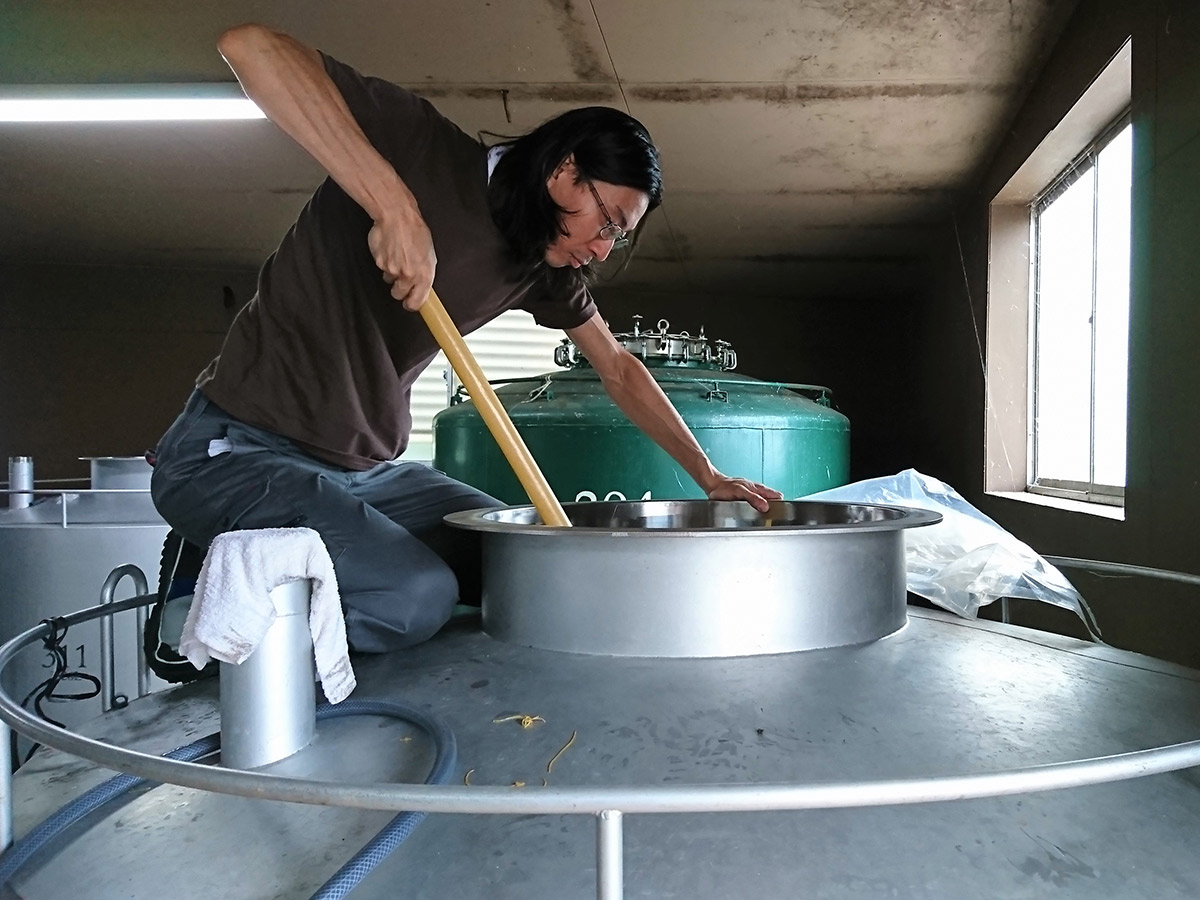
-
Deeply Moving Episode
Wine Brings People Together
When asked, “Can you tell us about a deeply moving time in your winemaking career?” Mr. Yamazaki replied, “It is always a very emotional moment when I realize where my wine is being consumed.”
Mr. Yamazaki says that he is touched whenever he sees his wine at unexpected places such as the supermarket or pub. One day, a guest contacted him saying, “I really enjoyed your wine I had at an accommodation. It was delicious.” Mr. Yamazaki then went to the accommodation himself and had a great time with the employees there, where his lifelong personal relationships blossomed.
“Wine is a curious drink in that sense. It is a drink that brings people together. I would be happy if Haramo Wine could be a catalyst to expand the circle of encounters overseas,” Mr. Yamazaki said happily.
Getting Closer to the Profile of Wine I Want to Make
Mr. Yamazaki has a particular taste profile that he wants to make, and the wine he is making now is getting closer and closer to that profile every year, a very impressive achievement. One of the wines that Mr. Yamazaki would like to make is barrel-aged Koshu.
“We want to make a textured Koshu wine with a lot of volume by fermenting and barrel aging it. We started experimenting with this in 2017 and by being conscious of how we process the juice, we are getting closer to our ideal profile every year,” Mr.Yamazaki said.
Haramo Wine uses French oak barrels and plans to incorporate some European oak from the Caucasus region of Eastern Europe. The pairing with Koshu is intriguing since they hail from the same general area.
-
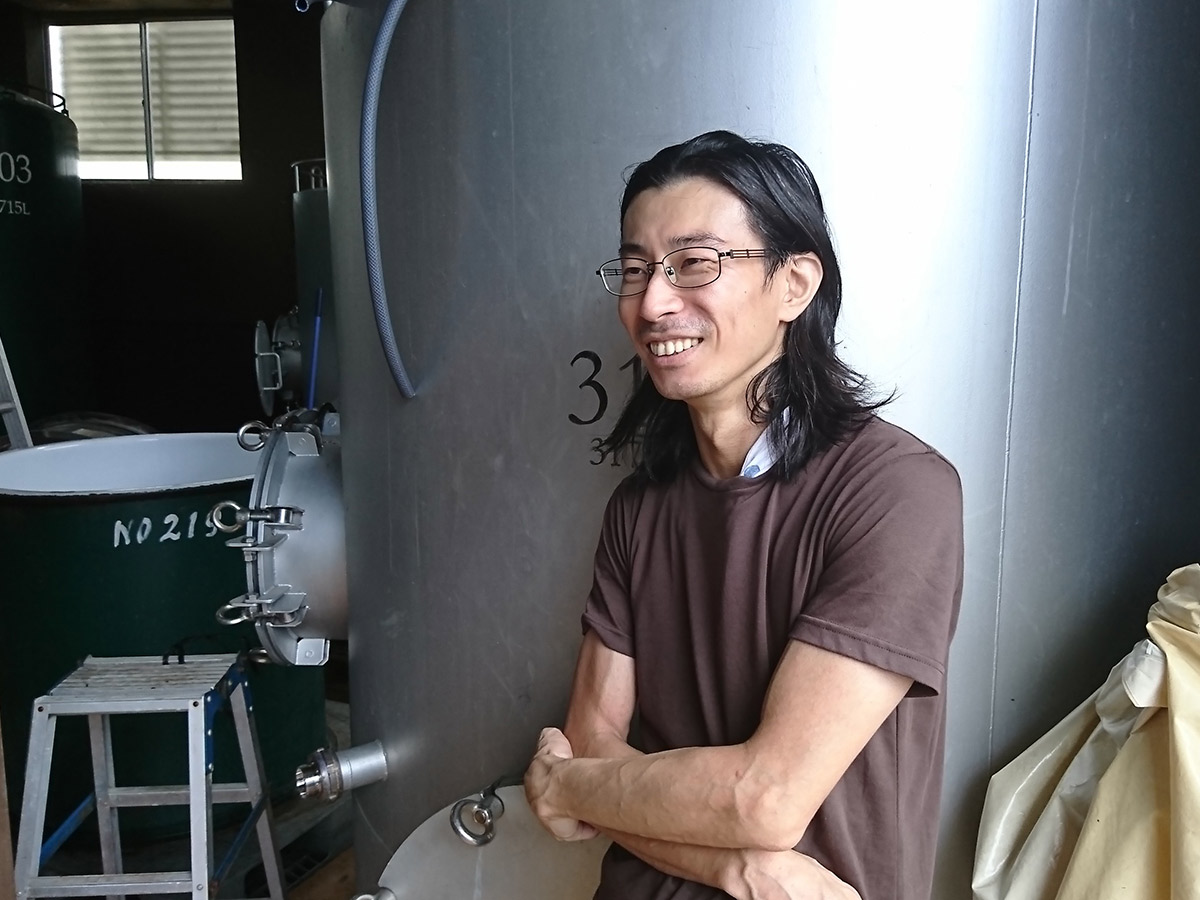
-
My Future Goal
Making Wine with My Feet on the Ground
“Winemaking is agriculture. I would like to make wine that is grounded in the land by focusing on grape cultivation and communication with contract farmers. I also want to make sustainable wine. Haramo Wine is one of many wineries in Katsunuma. In order to be a winery that can contribute to Katsunuma, I would like to work together with those other wineries in supporting local grape growers, including new farmers,” Mr. Yamazaki said.
For Local Wine to be Called “Delicious”
“I hope we can make Haramo Wine more popular together with the neighboring contract farmers. When people have local wine here, I hope they say, ‘Delicious.’ I think that would be a great compliment to Katsunuma.”
The grape trellis in front of the main building where the wine shop is located is the symbol of Haramo Wine: the buds of the grapes, the green leaves that grow so vigorously that they cover the shelves, and the Koshu grapes that hang abundantly between the leaves and turn beautiful colors. Mr. Yamazaki has been watching the grapes grow and the process of turning them into wine since he was a child. Within those same grapes lies the origins of Mr. Yamazaki’s desire to make wine that is deeply rooted in the local community.

